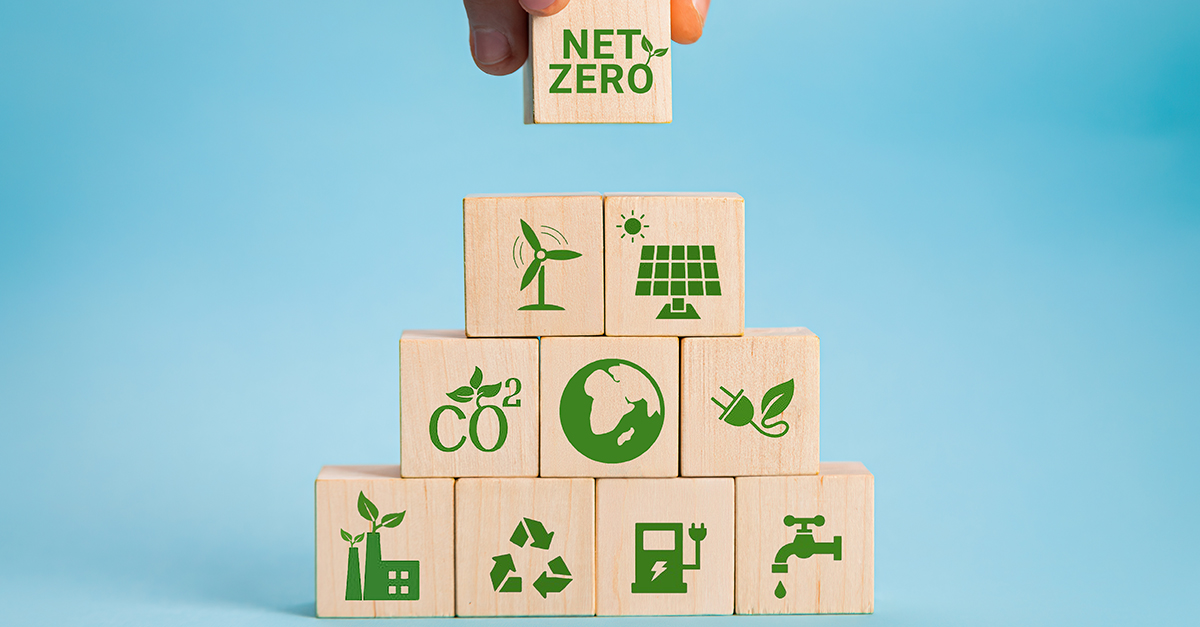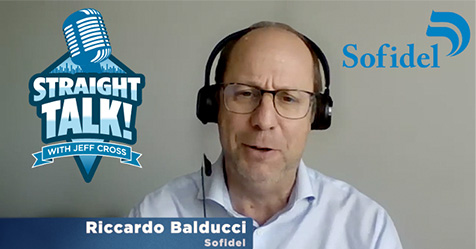Everyone has a role to play in creating a more sustainable world. In the built environment, sustainability is often associated with energy use or significant capital projects. A simpler option—implementing zero waste programs—is another way to make progress in your organization’s sustainability goals.
As a sustainability practice, zero waste programs can be obvious and engaging, involving nearly everyone in a facility. They encourage thoughtful waste management, with the ultimate goal of keeping resources in circulation for as long as possible.
These programs are cost-effective, easy to implement, and reduce landfill waste and resource consumption. They also foster a culture of sustainability that encourages greater environmental awareness and contributes to broader sustainability goals.
If your business plans to embark on the journey to zero waste, the following considerations and tips can help you succeed.
Know the terms
Clear communication is important, especially when engaging stakeholders or implementing solutions. Using precise language not only helps set expectations, but also ensures that everyone involved understands the goals and standards of the chosen approach.
When talking about a topic like zero waste, understand the difference between the concept of “zero waste” versus a specific zero waste program, TRUE Zero Waste. Specifics vary, but in principle,
zero waste refers to processes aimed at reducing or eliminating the amount of waste produced at a given location and diverting waste from landfills through recycling, repurposing, and composting.
On the other hand, TRUE Zero Waste is a certification program that measures and recognizes zero waste improvement and performance. This certification includes
clearly defined eligibility requirements, such as meticulous weighing of waste and 90% waste diversion for an entire year.
A couple other terms to know are:
- Waste streams: The life cycle of garbage, including its disposal place, its collection process, and its ultimate disposal or reuse. Properly sorting your garbage is a good starting place on the path to zero waste. Facilities should offer trash, recycling, and compost collection that aligns with the downstream waste management in their municipality. Every city and waste hauler is
different. - Centralized trash: Waste collected in larger bins in centralized locations versus individual receptacles, such as personal trash cans at each desk in an office. Centralized trash is another hallmark of zero waste programs. Moving to centralized trash helps facility occupants think about what they throw away and promotes proper sorting.
Get the lay of the land
Before you can upgrade your facility’s waste collection process, you need to familiarize yourself with its current system. Ask the following questions:
- Is centralized trash in place?
- Is there composting, either on- or off-site?
- Are there any policies in place around proper waste sorting?
- Who are the waste haulers and how can they support your goals?
Conduct a waste audit to establish a baseline to measure progress toward zero waste success. This process typically involves examining bags of trash to identify items that should have been composted or recycled. An advanced step in the process is conducting a downstream audit to ensure your waste ends up where you intend.
Not all vendors follow through on their stated practices. Connecting with waste haulers and understanding their recycling and waste management processes not only provides
valuable information, but also helps reduce risk of noncompliance for those who report successes or seek certifications.
Furthermore, building relationships with waste haulers and vendors creates a sense of partnership that can lead to innovative solutions and improved results.
Build facility buy-in
Reaching your facility’s zero waste goal will require culture change. This is best achieved when you engage facility occupants in all decisions and programs.
Get people involved. Build committees. Designate green champions across the facility.
Remember this simple formula: Occupant buy-in plus culture change equals success.
Many facilities’ occupants have preconceived notions about the effectiveness of zero waste. If someone once read an article about how haulers throw out recycling with the trash, they may not
be supportive of efforts like centralized trash.
Communication, education, and transparency can turn opponents into allies—or, better yet, advocates. Take interested stakeholders on a field trip to a composting site or recycling facility so
they can see how things are done.
Make sure to seek buy-in from the top. Finding an advocate in company leadership, particularly one who can establish policies, can significantly bolster your chances of success.
Policies that help your goals may include:
- Requiring contracted food service or catering vendors to only use compostable containers instead of plastic foam or plastic.
- Establishing a shipping packaging reuse program (plastic foam, bubble wrap, cardboard, etc.).
- Requiring occupants who bring in packaged food to take the packaging home at the end of the day.
Make it easy and fun
People often want to do the right thing, but they may not understand how. Simple, clear signage—that reads “know before you throw,” and has pictures of waste found onsite to inform what
items go in which bins—could create behavior change in an instant.
Incentives are another tool to generate buy-in. Hold competitions between facility floors to see who can increase their percentage of properly sorted waste or reduce their overall waste. Host
lunch and learns to share recycling information. Have fun with it—engage vendors to give away swag and recognize top-performing teams or individuals with awards.
To ensure continued engagement, track and report progress regularly. Consider using a digital display board showing weekly results to keep people informed and motivated. Share updates in
the team newsletter, utilize digital signage where appropriate, and incorporate data in reports to leadership.
Keep your eye on the prize
Facility occupants may consider zero waste programs inconvenient at first—and resent changes like having to walk a few extra steps to dispose of trash. Communicate the changes expected of them well in advance, highlighting the positive impact of the program, such as cost savings and cost avoidance. The value becomes evident: Less waste hauled offsite and fewer trash bin liners.
Explain to facility occupants that centralized trash saves janitorial staff the time it takes to empty individual waste bins, freeing them up to do other tasks. Remind occupants they are getting more steps in for their wellness and that their engagement is helping the company hit its sustainability targets.
Every organization and facility is different, but the overarching objective to is create environments that are better for people and better for the planet.





